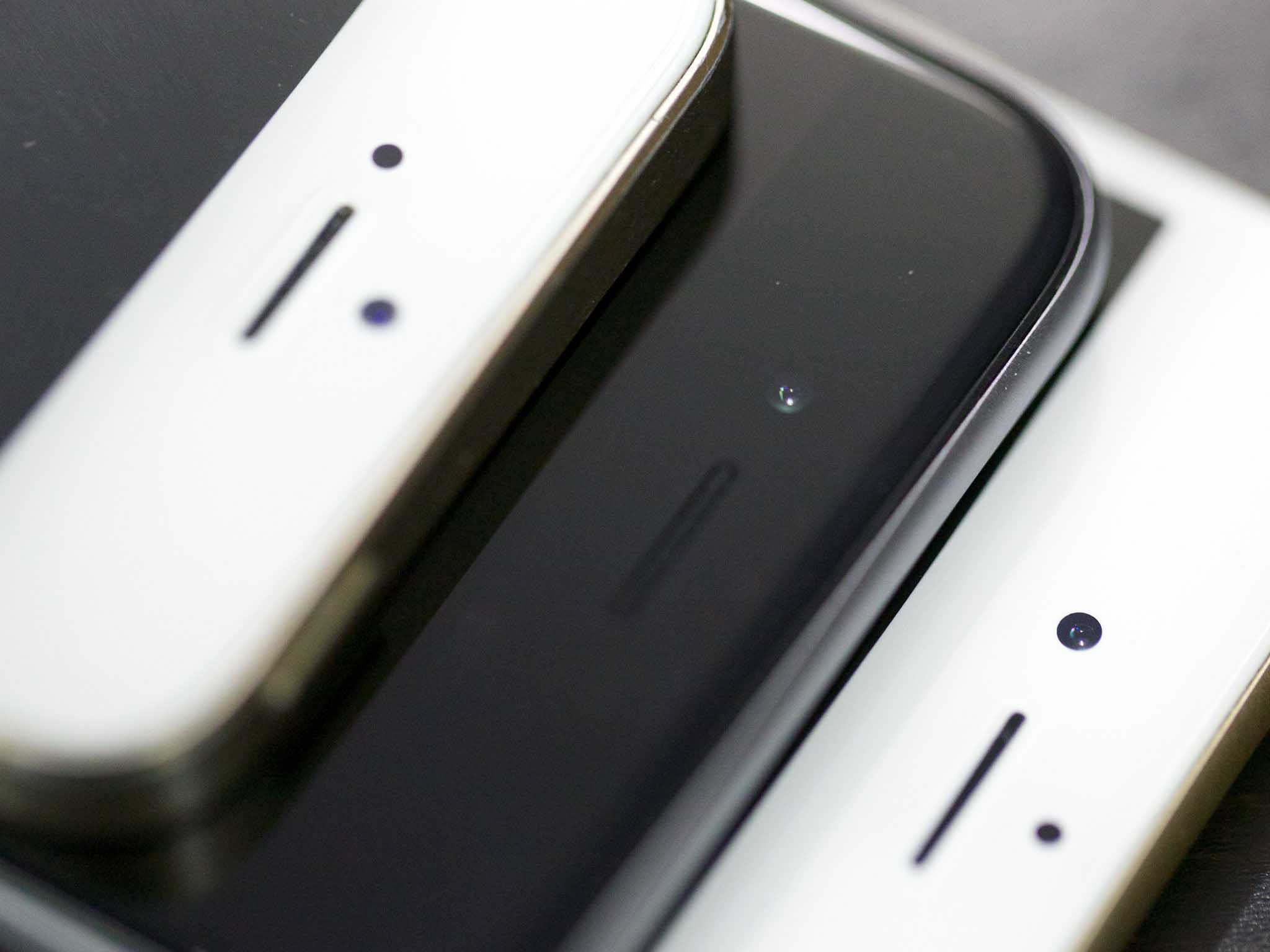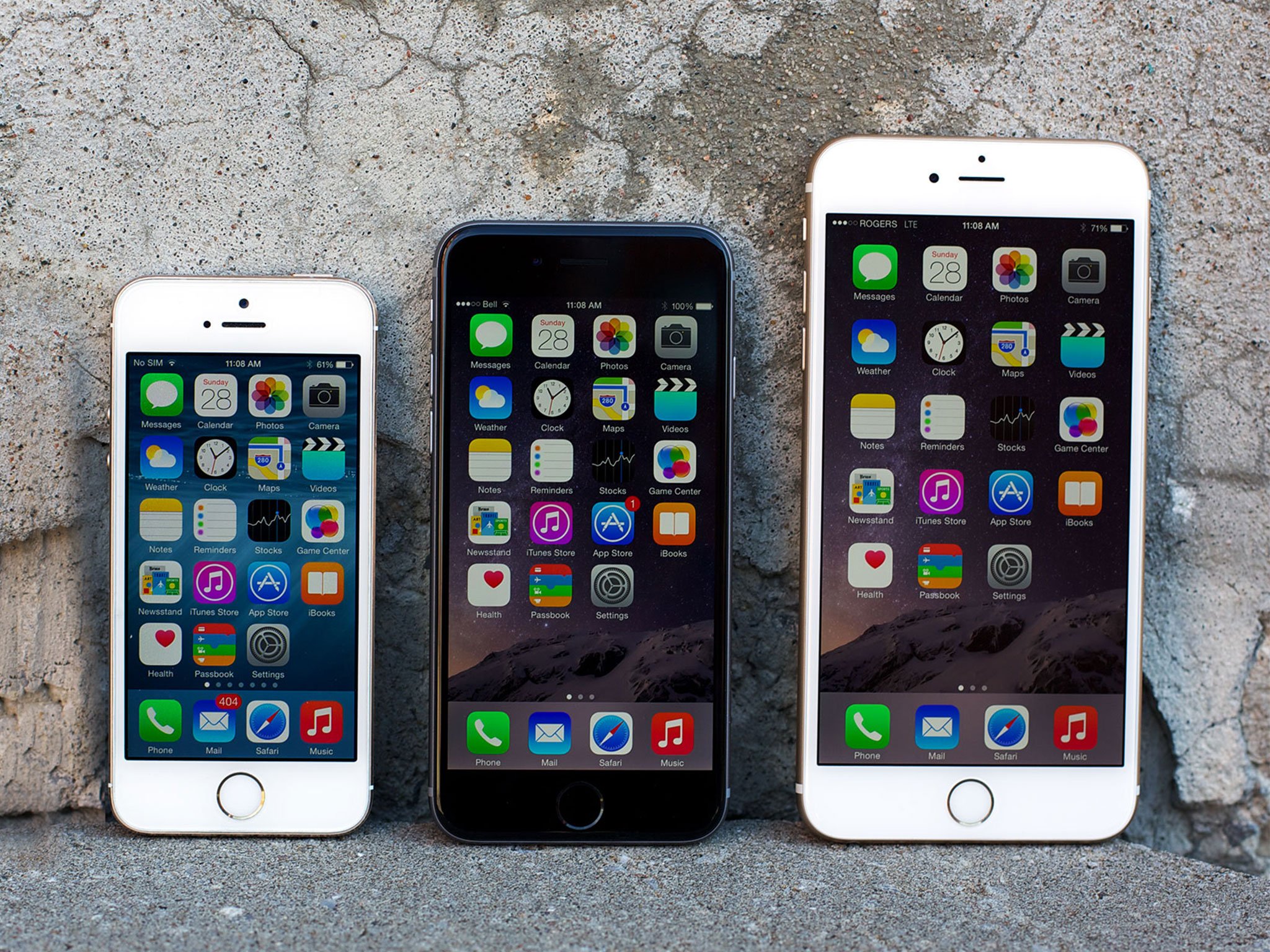Here's where the iPhone SE fits into the Canadian market

The last time Apple unveiled a new four-inch iPhone was September 2013. Back then the Canadian mobile market looked very different. Phones were generally smaller and, though the industry was just transitioning from three-year contracts to two, considerably less expensive. It was also a strange time at Apple itself; the company, selling a then-record 51 million iPhones in the quarter following the iPhone 5s' launch, tried pushing its boundaries with the release of the colorful, plastic iPhone 5c.
In the months following the iPhone 5c's release, with Apple declining to breakout sales, it was left up to analysts and the media circus to consider the implications of Apple refactoring its blockbuster phone for a younger, more cost-conscious demographic. While the iPhone 5c stuck around until the debut of the iPhone 6s last September, its two-year existence had an unclear impact on Apple's product strategy.
From 5s to SE
This year, the iPhone SE rumored to be announced next week will likely replace the iPhone 5s in Apple's lineup. Despite the presence of what is expected to be top-tier specs, like Apple's speedy A9 chip and an improved camera, the iPhone SE shares some things in common with the iPhone 5c. That's especially true in countries, like Canada, whose carriers incentivize sales with subsidies in exchange for long-term service agreements.
Assuming that nothing else changes, the iPhone SE will slot into the same spot held by the iPhone 5s today. But given that such a device, if it does ship with an A9 chip and an updated camera, would have higher specs than the A8-powered iPhone 6, how will Apple present it to consumers?

Traditionally, Apple has been very deliberate with its tiered pricing: a new iPhone debuts, and the older versions dip between $100 and $150. Due to the weak Canadian Dollar, and Apple's associated price hikes alongside the unveiling of the iPhone 6s and iPhone 6s Plus last September, the 16GB iPhone 5s is the only $0 variant on the market. This number is important, because an increasing number of shoppers, eager to minimize upfront expenses when purchasing a new device, wait until a handset goes free before picking it up.
Anticipating the release of the iPhone SE, Canadian carriers have lowered the cost of the 16GB iPhone 6 to that precious $0 mark on a two-year contract. Because the entry-level iPhone 6 costs $769 outright, or unlocked straight from Apple, the carriers are requiring a minimum monthly spend of over $90 to justify the extra subsidy. That's a strategy that has worked in the past on previous iPhone models.
With the iPhone SE on the horizon, it will be interesting to see where Apple prices its least expensive (presumably 16GB) model. The cheapest iPhone 5s is $599, and it's difficult to see its successor costing any less.
Master your iPhone in minutes
iMore offers spot-on advice and guidance from our team of experts, with decades of Apple device experience to lean on. Learn more with iMore!
Upending expectations
If Apple matches the current $450 U.S. price of the iPhone 5s, and continues hedging against weakness in the Canadian economy, the iPhone SE could debut at $625 to $650, which would translate to $125 to $150 on-contract. And because carriers are willing to more heavily subsidize older devices (like the technically more-expensive iPhone 6) than newer ones, we could theoretically see a situation, at least in the short term, where the iPhone SE is pricier than its larger siblings.
That reality may suit Apple nicely, as it brings the four-inch iPhone back into the spotlight, encouraging customers of the iPhone 5 and 5s to finally set aside their aging devices.
I've heard anecdotally that, despite the proliferation of five-inch-plus devices on the Android side, many iPhone owners dread the notion of being forced to purchase a larger device upon the inevitable death of their current model.
Not only does the iPhone SE present iPhone owners with another size choice, it reinforces the idea that Apple is willing to disrupt and upend its own established product lines to present its customers with the choices they want. While this doesn't mean Canadians will finally get the cheap iPhone many want, it raises the floor on the capabilities of all the iPhones on the market, and for Apple, that's priority number one.
How do you think Apple will price the iPhone SE in Canada? Let me know in the comments!
○ iPhone SE review
○ iPhone SE FAQ
○ iPhone SE buyers guide
○ iPhone SE hub
○ iPhone SE specs
○ iPhone SE discussion
○ See at Apple.com
○ iOS 10 news
Daniel Bader is a Senior Editor at iMore, offering his Canadian analysis on Apple and its awesome products. In addition to writing and producing, Daniel regularly appears on Canadian networks CBC and CTV as a technology analyst.

